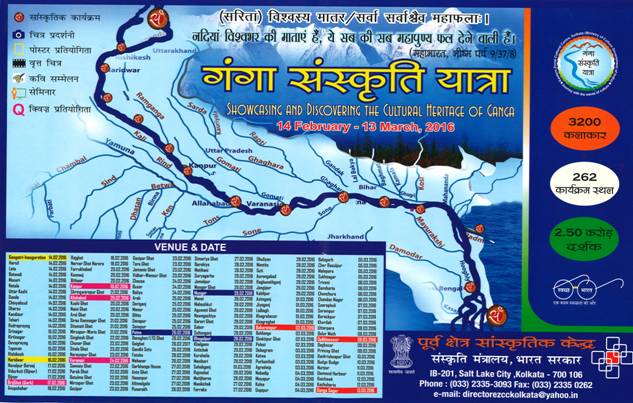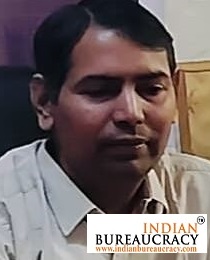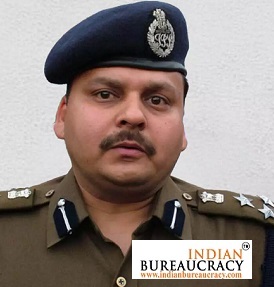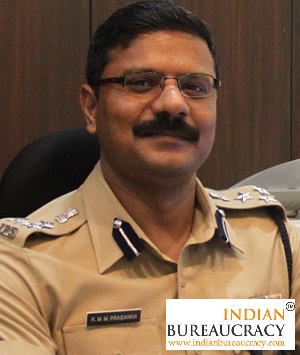“Ganga Sanskriti Yatra” showcasing & discovering culture heritage of Ganga will begin at Gangotri on 14 February, 2016 at 6:56 am (at the time of sunrise). The Yatra will be inaugurated at Gangotri by Shri K.K. Mittal, Additional Secretary, Ministry of Culture, Government of India. The closing ceremony will be held at Kapilmuni Ashram, Gangasagar, the summit of Ganga. The objective of ‘Ganga Sanskriti Yatra’ is to showcase and discover the cultural diversity and heritage of Ganga river basin and also to spread necessary awareness to the masses about its safeguarding and rejuvenating. Ganga is the lifeline and national heritage of India and is also the multiple streams of Indian Culture. This is the time to safeguard the cultural heritage. In view of that, the festival namely, “Ganga Sanskriti Yatra” has been planned. The festival is being organised from Gangotri to Gangasagar from 14 February to 13 March, 2016 in 262 different venues connecting with over 2.5 crore people.
Apart from the main venues of Yatra i.e, Gangotri, Haridwar, Bijnor, Farukkabad, Kannuj, Kanpur, Allahabad, Mirzapur, Varanasi, Gazipur, Baliya, Buxur, Chhapra, Vaishali, Patna, Begusarai, Munger, Sultanganj, Bhagalpur, Rajmahal, Murshidabad, Baharampur, Dakhineswar and Ganga Sagar, the festival will cover all the confluences of the tributaries of Ganga and the places of historical and cultural importance.
This Yarta is also concentrating on pursuing of cultural exchange. In view of this, the yatra is divided into part, the central point being Varanasi. The art forms from confluence to Varanasi will be presented in the lower part. During the Yatra, a survey and documentation on the art forms and cultural heritage of Ganga will be published at the commencement of the series. The Departments of Culture. Scholars, student, dignitaries have been invited to join the festival.
The main concentration of the festival is to present art forms of Ganga basin which are deeply associated with the river, including Folk songs, Folk dances, Folk Theatre, Dance Drama, Documentary/ Films Shows, Street Plays, kavi sammelan, photography exhibitions, film shows, quiz competitions, seminars and Poster campaigns. In the seminar, cultural diversity and heritage of Ganga river basin and challenges for its safeguarding will be discussed. The venues of the seminars have been finalized – Hemvati Nandan Bahuguna Garhwal University, Srinagar, Garhwal; Banaras Hindu University, Varanasi; Jayprakash Narayan University, Chhapra; Patna University, Bhagalpur University, Tilka Majhi University, Bhagalpur; Presidency University, Jadavpur University and Calcutta University, Kolkata; Kalyani University and Barasat University, West Bengal.
The Ganga is one of the major rivers of the Indian subcontinent; it is the longest river in India and flows for around 1,569 miles (2,525 KM) from the Himalayan Mountains to the Bay of Bengal and heavily populated with over 400 million people living in the basin. From origin to confluence, the Ganga flows through the state of Uttaranchal, Uttar Pradesh, Bihar, Jharkhand, West Bengal are under the EZCC.
The Ganga has been declared as a National Heritage by Government of India and above all is the river of India and above all is the river of India, Ganga has held India’s heart captive and drawn uncounted millions to her banks since the dawn of history. The story of Ganga is the history of Indian civilization and culture. The great Janpada and Empire was built and flourished on the bank of Ganga. Ganga is also the river of creation. The cultural diversity of the Ganga basin is highly considerable. About 62 tunes, 254 types of songs and ballads, 122 dance forms, 200 crafts, 12 styles of folk paintings, 26 languages and dialects grew along the waves of Ganga. In the mythology and epics, Ganga has been considered as a holy river. It is regarded by all religions and paths. The Ganga has fascinated several poets and litterateur since ancient times. Today, about 100 festivals and 50 major fairs are celebrated annually at the bank of the Ganga and more than 4-5 billion people yearly visit them. About 1 crore people make their living.
The Eastern Zonal Cultural Centre (EZCC) under Union Ministry of Culture has Assam, Bihar, Jharkhand, Manipur, Odisha, Sikkim, Tripura, West Bengal and Andaman & Nicobar Islands as the member States. As per the approved scheme, every Zonal Culture Centres have to organize a series of festivals namely- Cultural Yatra, beyond their zone. The Swach Bharat Abhiyan has also been taken up by EZCC.





